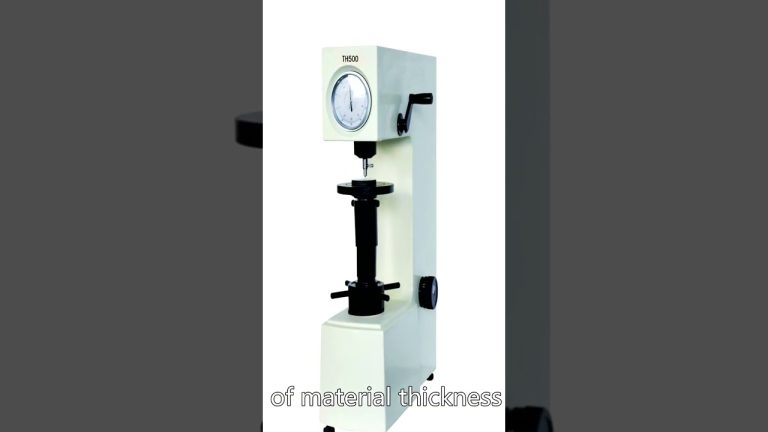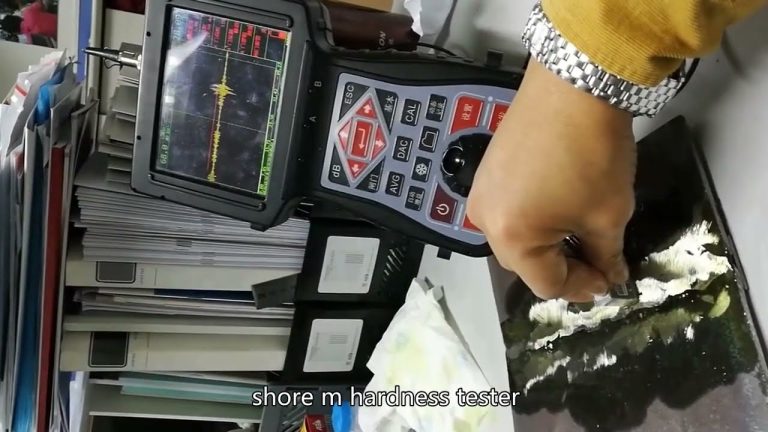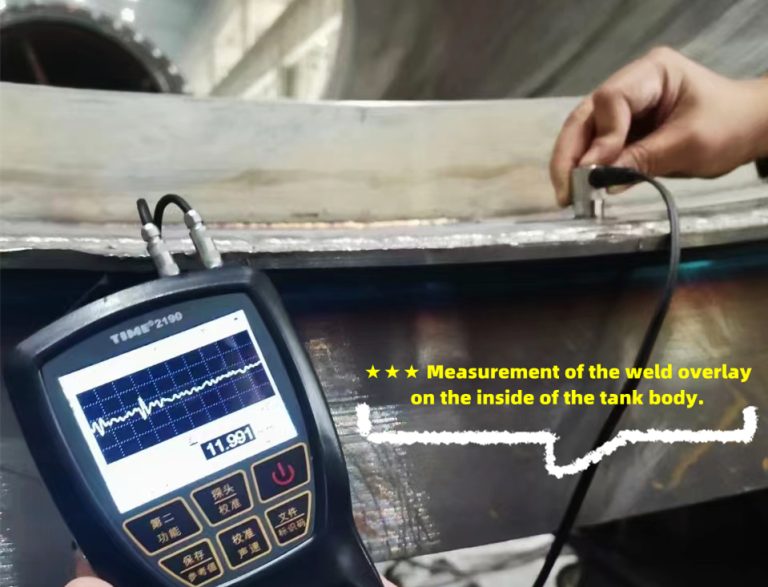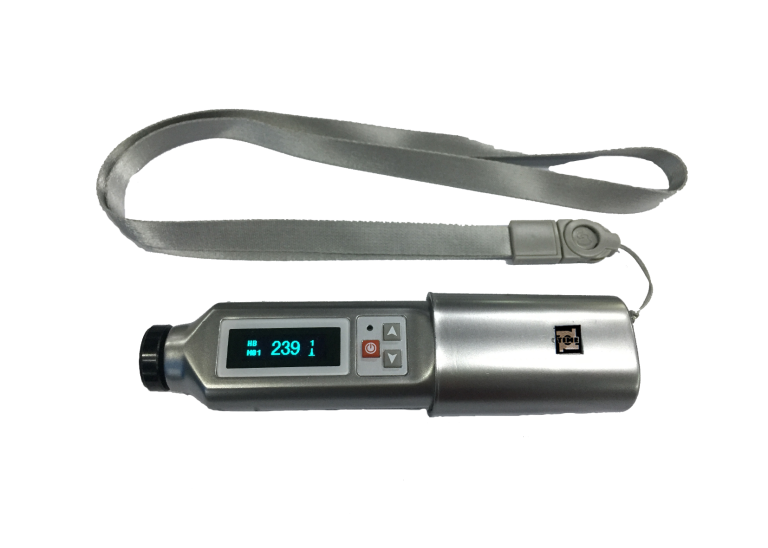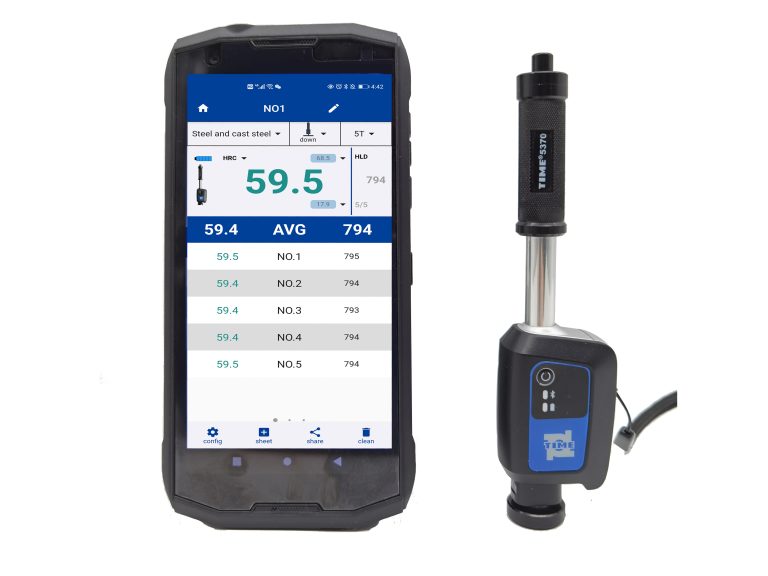A colorimeter is a special instrument used to measure non-luminescent and non-fluorescent samples, such as textiles, paper, leather, spray materials and other items. It is an essential instrument for color difference detection during quality control and production processes. So how to choose a colorimeter suitable for daily use?

- Choose “colorimeter” or “spectrophotometer” according to your own requirements.
The two methods of color measurement are different. The spectrophotometer can measure the reflectance curve of each color, but the colorimeter cannot.
A spectrophotometer has multiple light sources, while a colorimeter has only one.
a. The spectrophotometer is divided into two measurement-observation methods: “0/45 degree” and “d/8 degree” integrating sphere:
“0/45 degrees” can only be used to measure smooth surfaces, and cannot be used for computer color matching.
“d/8 degree” integrating sphere can be used to measure various surfaces and used for computer color matching.
b. The differences between various “d/8 degree integrating sphere” spectrophotometers:
Most companies choose “d/8 degree integrating sphere” spectrophotometer, but it must be noted that there are still big differences between different brands and models, resulting in different measurement accuracy.
In addition to the microprocessor and related circuits, a spectrophotometer has four main components: light source, integrating sphere, spectroscopic optical path and photodetector. This is also the main indicator to measure the quality of an instrument.
c. “Double beam measurement principle” or “single beam measurement principle”?
A dual-beam instrument has two spectroscopic optical paths and two detectors. The light source only flashes once when measuring, and the sample and reference white are also measured. In this way, errors caused by system changes are overcome, and the accuracy of the measurement data is very high. It’s just that the instrument cost is higher.
Single-beam instruments have only one spectroscopic optical path and one detector. Therefore, the light source flashes twice during measurement to measure the sample and reference white respectively. The systematic error between the two measurements (difference in light source intensity distribution, optical path change, temperature change, circuit drift, etc.) is regarded as the difference between the sample and the reference white, so the error is relatively large.
d.Light source:
Stronger manufacturers such as Caipu Technology use “CLEDs (full-band balanced Led light source)”, which have the advantages of long life, high light intensity, high “signal-to-noise ratio” (measurement signal/noise) during measurement, and high measurement accuracy. Most manufacturers’ instruments use “tungsten light” type, which has shortcomings such as low light intensity, long-term heating, short life, and inaccurate measurement in the blue light segment.
e. Integrating sphere:
Good quality ones will not turn yellow in 5 or 6 years, while poor quality ones will turn yellow in 2 or 3 years and need to be replaced.
- Friendliness of the user interface: The design of the user interface is also one of the important indicators that reflects the performance of the colorimeter. A good colorimeter has a friendly and clear interface and comprehensive functions.
- Overall product compatibility: In addition to providing different series of colorimeter, professional colorimeter manufacturers will also provide a variety of supporting products to make the colorimeter’s functions in quality inspection, management and production more complete.

